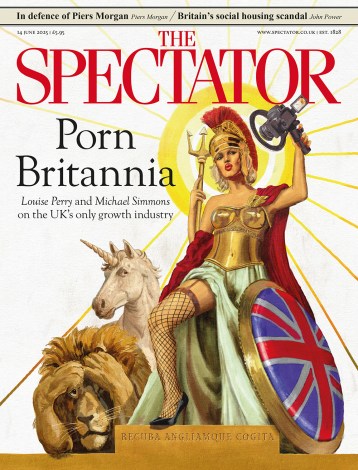Social mobility has become a meaningless mantra
‘Whatever your background,’ Margaret Thatcher told the Sun’s readers in 1983, she was determined that ‘you have a chance to climb to the top’. So, too, Tony Blair in 2004 (‘I want to see social mobility a dominant factor of British life’), David Cameron in 2015 (‘Britain has the lowest social mobility in the developed world — we cannot accept that’) and Theresa May in 2016 (‘I want Britain to be a place where advantage is based on merit not privilege’). Put another way, for the best part of four decades equality of outcome was largely on the back burner; equality of opportunity was, at least in theory, the name




















